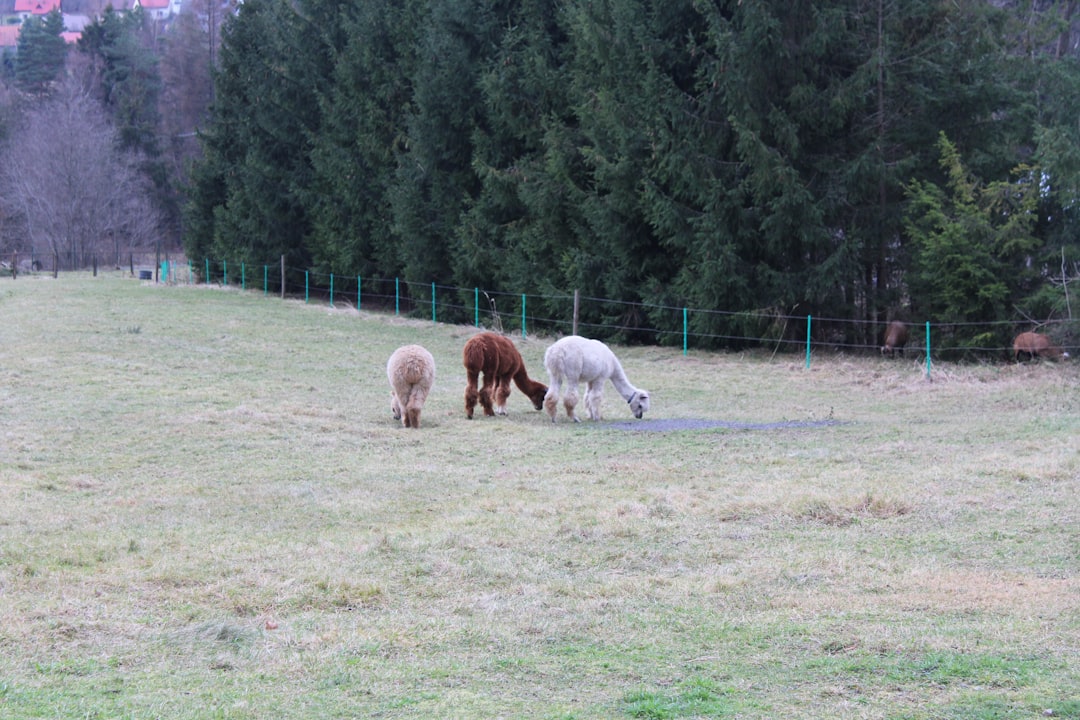Three Proposals Would Make Downtown Boca Raton Greener, More Pedestrian Friendly

By Boca Vibe
Three Proposals Would Make Downtown Boca Raton Greener, More Pedestrian Friendly
Boca Raton officials are pondering three proposals that would transform a city street already known for its greenery and walkability into one that would envelope both pedestrians and motorists in a calmer, more picturesque setting in the heart of the downtown district. Though the aesthetics of the project would be the most visible aspect for residents and visitors alike, the underlying goal is to enhance safety, improve traffic flow, and create a more inviting environment for everyone.
A Downtown Transformation: Enhancing Palmetto Park Road

The focus of these ambitious proposals is Palmetto Park Road, a vital artery running through the core of Boca Raton, connecting Mizner Park to the Florida Atlantic University (FAU) Boca Raton campus and beyond. Currently, Palmetto Park Road balances pedestrian and vehicular traffic reasonably well, but city planners believe these proposals can elevate the experience significantly, making it a more vibrant and welcoming space.
Proposal 1: The “Urban Oasis” Plan
The “Urban Oasis” plan prioritizes the expansion of green spaces and pedestrian-friendly infrastructure. This proposal envisions a significant widening of sidewalks, the addition of extensive landscaping including native flora, and the installation of artistic elements throughout the corridor. Key features include:
- Wider sidewalks with ample space for pedestrians, cyclists, and outdoor seating.
- Increased tree canopy cover, providing shade and enhancing the aesthetic appeal.
- The integration of rain gardens and other sustainable drainage systems to manage stormwater runoff.
- Installation of public art installations to celebrate Boca Raton’s unique character.
- Improved crosswalks and pedestrian signals to enhance safety.
Proponents of this plan highlight the potential for increased property values, a boost to local businesses, and the creation of a more attractive environment for residents and visitors. The cost, however, is projected to be the highest of the three proposals, requiring significant funding from the city budget and potentially external grants.
Proposal 2: The “Smart Streets” Initiative
The “Smart Streets” initiative takes a more technologically driven approach, focusing on improving traffic flow and safety through smart infrastructure. While still incorporating elements of beautification, this proposal prioritizes efficiency and data-driven solutions.
- Implementation of smart traffic signals that adapt to real-time traffic conditions.
- Installation of sensors to monitor pedestrian and vehicle traffic patterns.
- Improved street lighting with energy-efficient LED technology.
- Strategic placement of bike lanes and secure bicycle parking facilities.
- Incorporation of pedestrian-activated crosswalks for enhanced safety.
This proposal is expected to be less expensive than the “Urban Oasis” plan, but it may not offer the same dramatic visual transformation. The focus is on functionality and data-driven improvements that enhance the overall experience for both pedestrians and drivers. Supporters emphasize the potential for long-term cost savings through reduced energy consumption and improved traffic flow.
Proposal 3: The “Balanced Approach”
The “Balanced Approach” seeks to find a middle ground between the ambitious “Urban Oasis” and the technologically focused “Smart Streets” initiatives. This proposal incorporates elements from both, aiming for a cost-effective solution that delivers significant improvements to both aesthetics and functionality.
- Moderate widening of sidewalks with enhanced landscaping.
- Strategic placement of trees and other green elements.
- Installation of smart traffic signals in key intersections.
- Improved pedestrian crosswalks and signage.
- Addition of decorative street furniture and lighting.
This plan is seen as a more practical solution for those concerned about budgetary constraints while still delivering tangible improvements to the Palmetto Park Road corridor. It represents a compromise that balances the desire for aesthetic enhancements with the need for functional upgrades, potentially proving to be the most politically feasible option.
Community Input and Next Steps
The City of Boca Raton is actively seeking public input on these proposals. A series of community forums and online surveys will be conducted to gather feedback from residents, business owners, and other stakeholders. The city council will review the public comments and the detailed cost-benefit analyses of each proposal before making a final decision. The project timeline depends on securing funding and navigating the necessary permitting processes. However, city officials are committed to moving forward with a plan that will enhance the beauty and functionality of downtown Boca Raton while ensuring the project integrates seamlessly with the existing infrastructure and the overall character of the city. The integration of such a project with the existing Mizner Park area is a key consideration, as is the impact on local businesses during construction.
The ultimate goal is to create a more vibrant and pedestrian-friendly environment that attracts residents and tourists alike, strengthening the economic vitality of downtown Boca Raton and further cementing its reputation as a premier destination in Palm Beach County. The collaboration with FAU’s urban planning department is expected to provide valuable insight and expertise in ensuring the project’s long-term success.
Frequently Asked Questions
Frequently Asked Questions
Related Articles
- Case Against Norman Riemer Not Strong Enough To Deny Bond
- ‘Bubbakoo’s Burritos’ Brings Jersey Shore Style, Inspiring Story to Boca Raton
- Boca Raton’s Mizner Park Set for $800K in Improvements, New Look
Want more Boca updates? Subscribe to our newsletter and never miss local news.